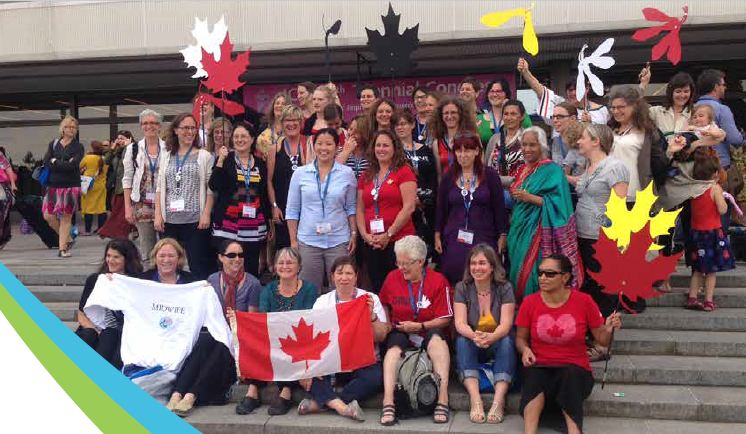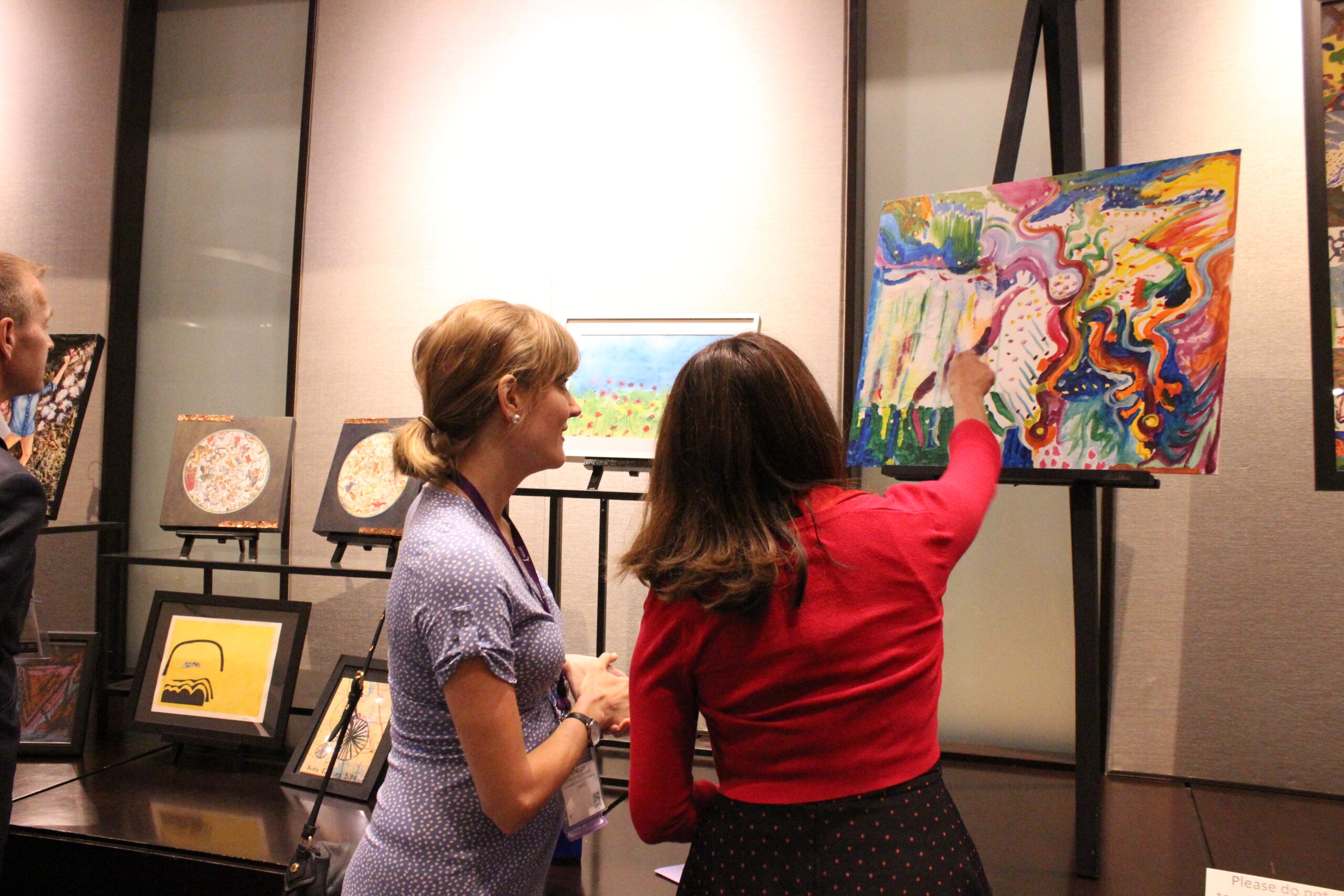by Trisha Richards
Few would dispute the golden rule of marketing is know your audience. With millennials becoming the largest generation in the North American workforce last year, insightful meeting professionals are emphasizing the destination experience and social impact of their planned activities to boost attendance and contentment at events.
Millennials often crave cultural adventures, according to American Express in its 2016 Global Meetings and Events Forecast report. They are also motivated by “doing good” and leaving a location better than they found it, the report states.
This recent location-based shift in event promotion and planning creates a tremendous opportunity for meeting planners to benefit from collaborating with a host city’s local tourism agency.
“The destination story can be a very powerful factor in a delegate’s decision to attend a meeting, but it’s most powerful when delivered by the meeting planner or host organization to its own delegates” explains Andrew Weir, executive vice president and chief marketing officer, Tourism Toronto. “We’ve found ways to enhance partnerships with planners by providing content and opportunities that enable them to lead the communications with their delegates, while we provide a great deal of support.”
To give is to receive
One such partnership described by Weir flourished between Tourism Toronto and the International Confederation of Midwives (ICM) in Prague in 2014 at ICM’s global meeting. In addition to sharing an exhibit space with the 2017 ICM triennial congress host association, Canadian Association of Midwives (CAM), Tourism Toronto sponsored an all-expenses paid trip to the next global congress in Toronto for one lucky midwife who may not otherwise have been able to afford international travel. The package, which was filled with Toronto experiences and special-access advantages, was presented onstage at the opening ceremony to all delegates.
“Not only was the presentation publicity for our region, it helped make Toronto part of the appeal of ICM’s next meeting,” says Weir.

Midwives were encouraged to fill out interest cards for the 2017 congress in exchange for being entered into a lottery to win the big prize. The winner—a midwife from Monrovia, Liberia—was announced at the closing of the 2014 congress.
“We were able to collect hundreds—maybe a couple thousands—of draw entries,” shares Tonia Occhionero, executive director, CAM. “The draw, thought up by Tourism Toronto, was by far the best incentive to get people to our booth.”
It’s not what delegates can do for the city but what the city can do for the delegates
The American Express meeting report warns that, once delegates buy into the destination story, they expect to be included in the narrative upon arrival. Tourism Toronto found a clever way of allowing attendees of the 2016 Alzheimer’s Association International Conference (AAIC) to penetrate Toronto (quite literally).
Recognizing that purple signifies Alzheimer’s awareness, Tou rism Toronto had a giant, purple version of the Toronto sign built inside of the Metro Toronto Convention Centre where the event took place.
rism Toronto had a giant, purple version of the Toronto sign built inside of the Metro Toronto Convention Centre where the event took place.
“Delegates got in front of it, around it, and even inside of it, to take photos,” says Weir. “The sign connected Toronto to their cause in a very direct way.”
In collaboration with the Alzheimer Society of Canada, AAIC, and several other partners, Tourism Toronto came up with another interesting (but more subtle) method to involve conference delegates in an authentic Toronto experience.
In conjunction with the meeting, the organizations ran an art e xhibit at the InterContinental Toronto Centre—one of the host hotels beside the Convention Centre—which showcased works of art created by Torontians and Canadians with dementia, care partners, and researchers. Titled Art Works: Changing the Conversation About Dementia, the exhibition became a viral story that ran throughout the span of the conference, compelling delegates to make time to visit.
xhibit at the InterContinental Toronto Centre—one of the host hotels beside the Convention Centre—which showcased works of art created by Torontians and Canadians with dementia, care partners, and researchers. Titled Art Works: Changing the Conversation About Dementia, the exhibition became a viral story that ran throughout the span of the conference, compelling delegates to make time to visit.
“It wasn’t all about Toronto’s big icons,” explains Weir. “It was a genuine connection to the local affected community that made the art exhibition a powerful draw for delegates attending the conference.”
Merging context with content
In the future of event marketing, the line between content and context may be blurring, but it’s important to realize that the content of a meeting should always be a planner’s first priority, notes Weir.
“The content of the meeting is what has to carry the day for delegates,” he says, “But the broader context and where the event happens is also important and can make the difference between delegates choosing to attend or not, so we work very closely with planners to bring the best of the destination into their marketing strategies.”
Collaborating with its local tourism bureau was instrumental in promoting AAIC, Debbie Benczkowski, chief operating officer, Alzheimer Society of Canada, points out. “We truly value Tourism Toronto’s partnership and look forward to working with them in the future,” she adds.
Check out Tourism Toronto’s business events blog for more meeting trends, news and helpful tools.
Trisha Richards is a freelance writer who specializes in trade journalism, marketing and corporate communications content, meetings and events, and event technology. Her views are her own. Connect with her through her website: www.writereaction.ca
Photos of AAIC courtesy Alexander Mcavoy, Alzheimer Society of Ontario